
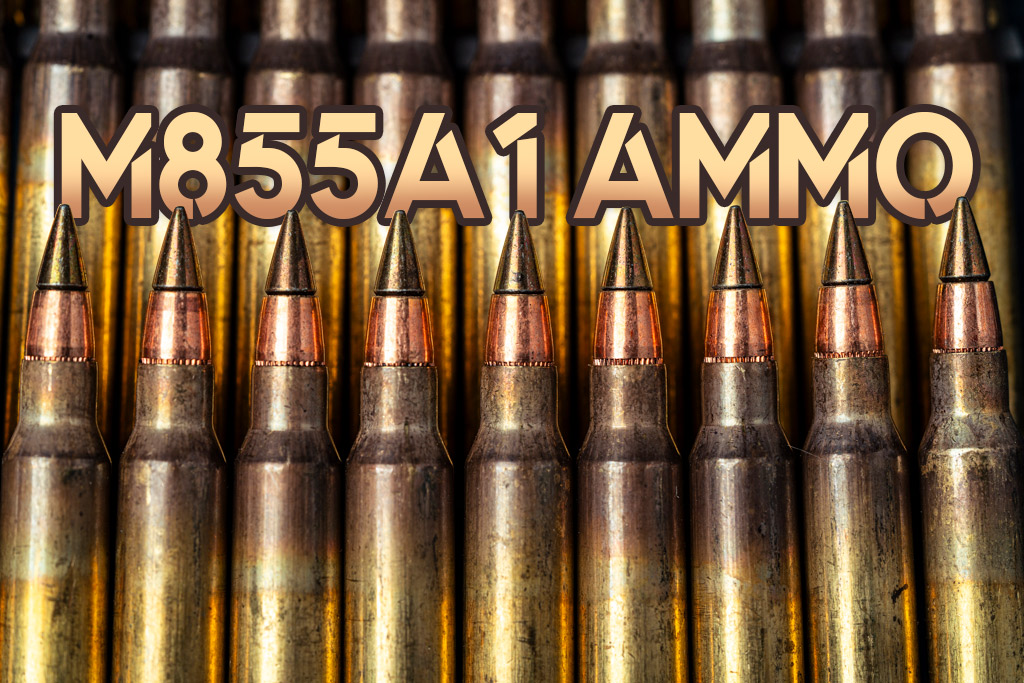
The world of firearms is constantly evolving, with innovations in ammunition being a key driver of change. The M855A1, the military’s enhanced 5.56x45mm NATO round, is a prime example of this evolution. This enhanced performance round is a higher-pressure cartridge with a lead-free bullet design, optimized for penetration. As these rounds start appearing more frequently on the secondary market, it’s essential to understand what sets them apart.
History Of The M855A1
The journey of the M855A1 began as a response to the need for more effective ammunition in varying combat scenarios. The predecessor to the M855A1, the M855, was introduced in the 1980s and was standard-issue for NATO forces. However, the changing nature of warfare necessitated improvements, leading to the development of the M855A1.
Specifically, the M855A1 uses a more advanced combination of materials to deliver better ballistics performance, particularly against armored targets. Armor has become ubiquitous on the modern battlefield, and the military needed a cartridge that could keep pace.
The M855A1 originally had a tin/bismuth alloy. However, it didn’t provide enough mass to adequately stabilize the projectile in all environments, so designers switched to copper alloy.
Improvements Over the M855
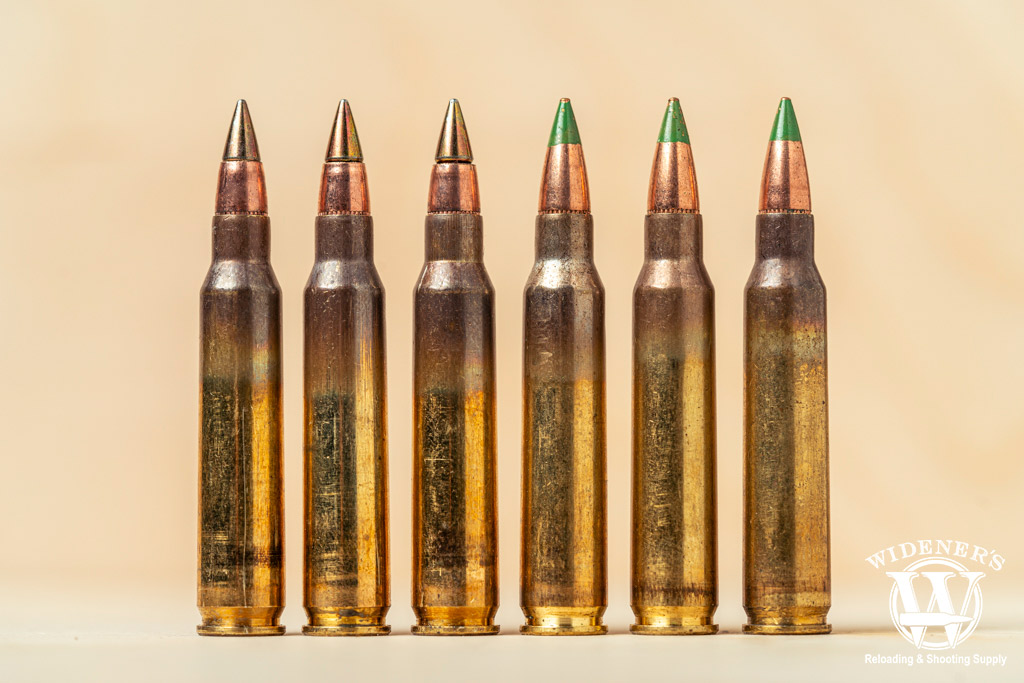
The enhanced m855A1 VS M855 “green tip” 5.56x45mm NATO rounds.
The M855A1 is a significant leap forward from the M855. One of the most notable improvements is using a non-lead core, which makes it environmentally friendlier and enhances penetration capabilities. The M855A1 features a steel penetrator tip and a copper alloy jacket designed to improve accuracy and lethality. This design ensures better performance against hard targets and reduces the chances of over-penetration in soft targets.
The major downside to the M855A1 is cost. Naturally, copper alloy projectiles are more expensive than traditional lead rounds. However, the Army insisted on having a “green” projectile, hence the decision to go with copper.
The M855A1 uses a 62-grain projectile, much like the M855. However, the A1 is slightly longer because copper is less dense than lead. As such, the developers needed more copper to match the mass of the M855.
Ballistics Compared To Standard 5.56 NATO
Ballistically, the M855A1 is superior to standard 5.56 rounds in several respects. It has a higher muzzle velocity and maintains stability and accuracy over longer distances. The round’s aerodynamic design reduces drag, allowing for a flatter trajectory and more consistent impact. This difference translates to improved effectiveness, especially in long-range engagements.
The M855A1 also performs better against steel armor than the standard M855 and its predecessor, the M193. While the M855A1 is not an armor-piercing round, it does offer improved penetration and can defeat many body-worn armors in a repeat-hit scenario.
The Army also reports that the M855A1 exhibits better terminal performance. That speaks to the overall versatility and effectiveness of the round in combat scenarios.
| Caliber | Bullet Type | Bullet Weight | Velocity (Muzzle) | Energy (Muzzle) | 100 Yards (Velocity/Energy) | 200 Yards (Velocity/Energy) | 300 Yards (Velocity/Energy) |
|---|---|---|---|---|---|---|---|
| (M855) 5.56 NATO | FMJ | 62gr | 3,060 FPS | 1,289 FT LBS | 2,876 FPS/1,069 FT LBS | 2,529 FPS/800 FT LBS | 2,285 FPS/719 FT LBS |
| (M855A1) 5.56 NATO | EPR | 62gr | 3,113 FPS | 1,334 FT LBS | 2,938 FPS/1,188 FT LBS | 2,606 FPS/935 FT LBS | 2,365 FPS/770 FT LBS |
Compatible Weapon Systems
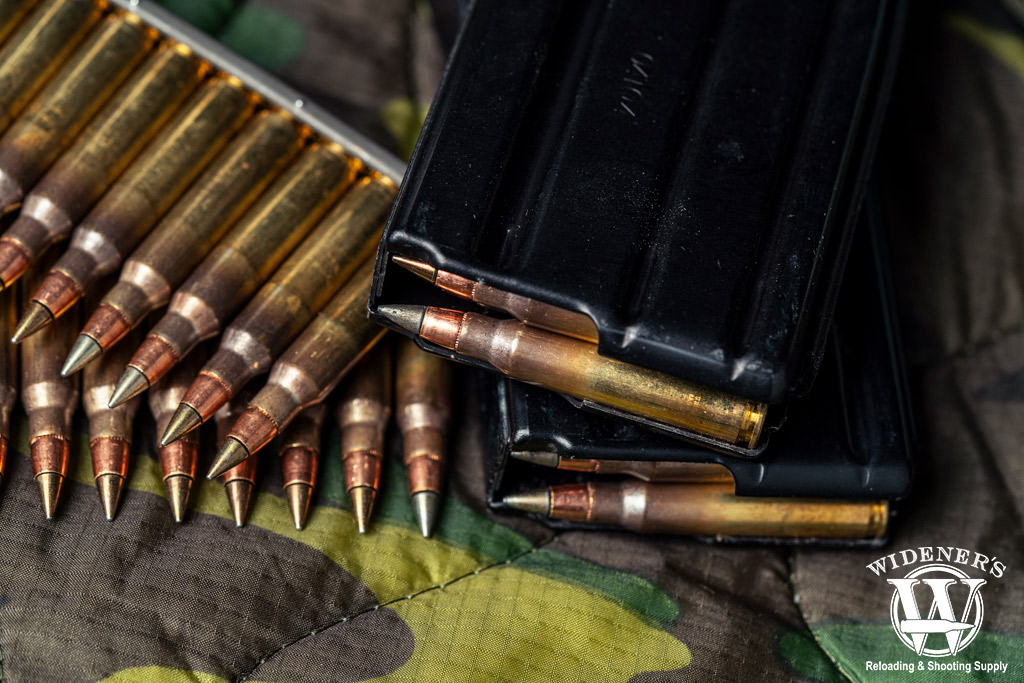
You can run M855A1 in your AR-15, but be aware it may cause excess wear on your rifle and barrel compared to M855.
The manufacturer designed the M855A1 to be compatible with various weapon systems chambered for 5.56x45mm NATO rounds. That includes popular rifles like the M4 and M16 series and newer platforms like the HK416. The round’s design ensures it can be used effectively across these different systems without needing significant modifications.
However, it’s worth noting that the M855A1 produces more pressure than the M855. This fact may present some bolt and barrel durability issues, especially when pairing the cartridge with lower-end weapon systems. For context, the M855A1 produces over 61,000 PSI of pressure. Check the manufacturer specs on your rifle and barrel to ensure it’s up to par. Otherwise, you might need a new AR — or worse — leave the range a little worse for wear.
Optimized Performance
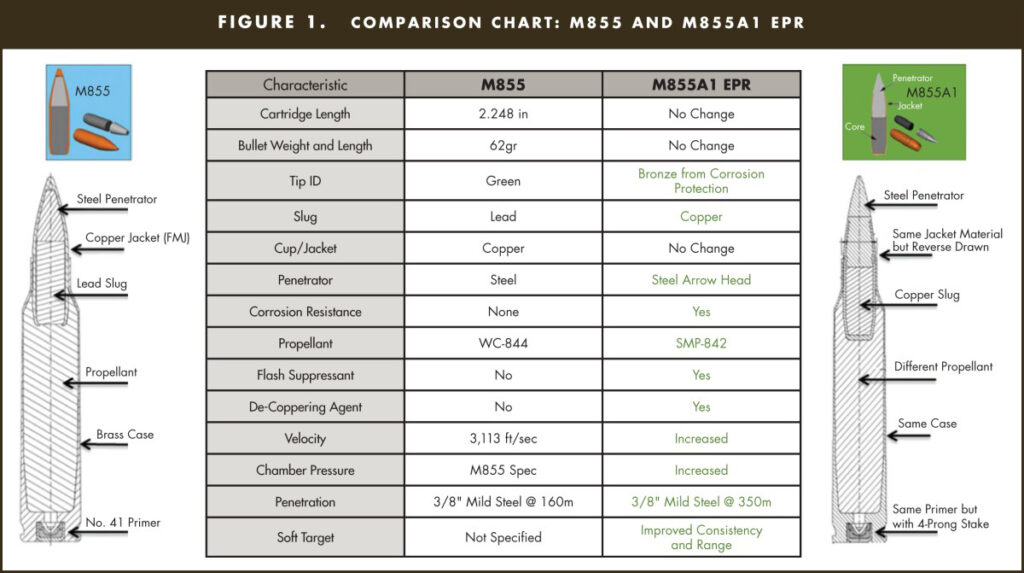
The M855A1 offers improvements in several key metrics compared to the M855.
In terms of performance, the M855A1 excels in both close-quarters combat and long-range engagements. Its enhanced penetration capabilities are effective against modern battlefield threats, including improved body armor. The round’s design ensures minimal deviation due to wind, making it reliable under varied environmental conditions. Its consistent performance across different barrel lengths and rifle platforms also makes it a versatile choice for different military and law enforcement applications.
Several factors contribute to the improved performance of the M855A1. First is the placement of the copper. The M855A1 has a reverse-drawn copper alloy jacket. The steel slug of the A1 is heavier and partially exposed, while the M855’s steel and lead alloy slug stays enclosed in its jacket.
The M855A1 is optimized for the shorter barrel of the M4. The designers used a faster-burning powder to achieve better performance in a shortened barrel. Doing so ramps up the pressure and velocity of the M855A1, but also adds strain to the weapon system. There’s always a trade-off whenever you tweak the design and composition of a projectile. The M855A1 is no exception.
Is M855A1 Legal To Own?
Is it legal for civilians to own M855A1 ammo? Yes, assuming that your state has no specific regulations against it. If you’re unsure, check your local and state regulations before obtaining it. Otherwise, it’s legal for civilians to possess, buy, and sell the enhanced performance rounds. The main difficulty in acquiring it is that it’s not currently being sold to the public. Lake City is currently the only plant with a contract to produce it for the military. It’s a specialized round, and because of that, there are little to no overruns for the civilian market. For those reasons, if you plan on purchasing it, you’ll have to do so through the secondary market. Because of this market scarcity, expect to pay somewhere between 3x-5x over the cost of standard M855 ammo per round.
M855A1: A Worthwhile Addition?
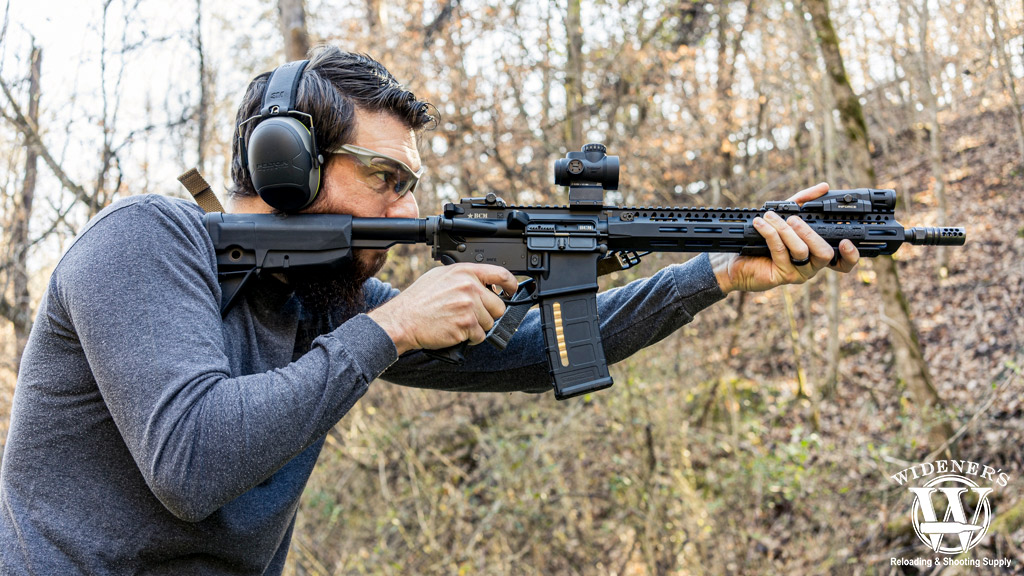
The M855A1 round is the pinnacle of 5.56x45mm NATO performance, with some drawbacks.
The introduction of the M855A1 round marks a significant step forward in small arms technology. Its improved ballistics and compatibility with a wide range of weapon systems make it a noteworthy addition to the ammunition market. As it becomes more available on the secondary market, shooters can experience the advanced capabilities of this modern military round, bringing a new level of performance to their shooting sessions.
For firearm enthusiasts, understanding the intricacies of ammunition is as crucial as knowing the weapons themselves. The M855A1 is more than just an update — it’s a testament to the ongoing evolution of military technology, reflecting modern combat’s changing needs and challenges. As it becomes increasingly accessible to civilian shooters, the M855A1 is likely to become a popular choice for those seeking the pinnacle of 5.56x45mm NATO performance. With the right setup, it can be a solid addition to your ammo inventory.


